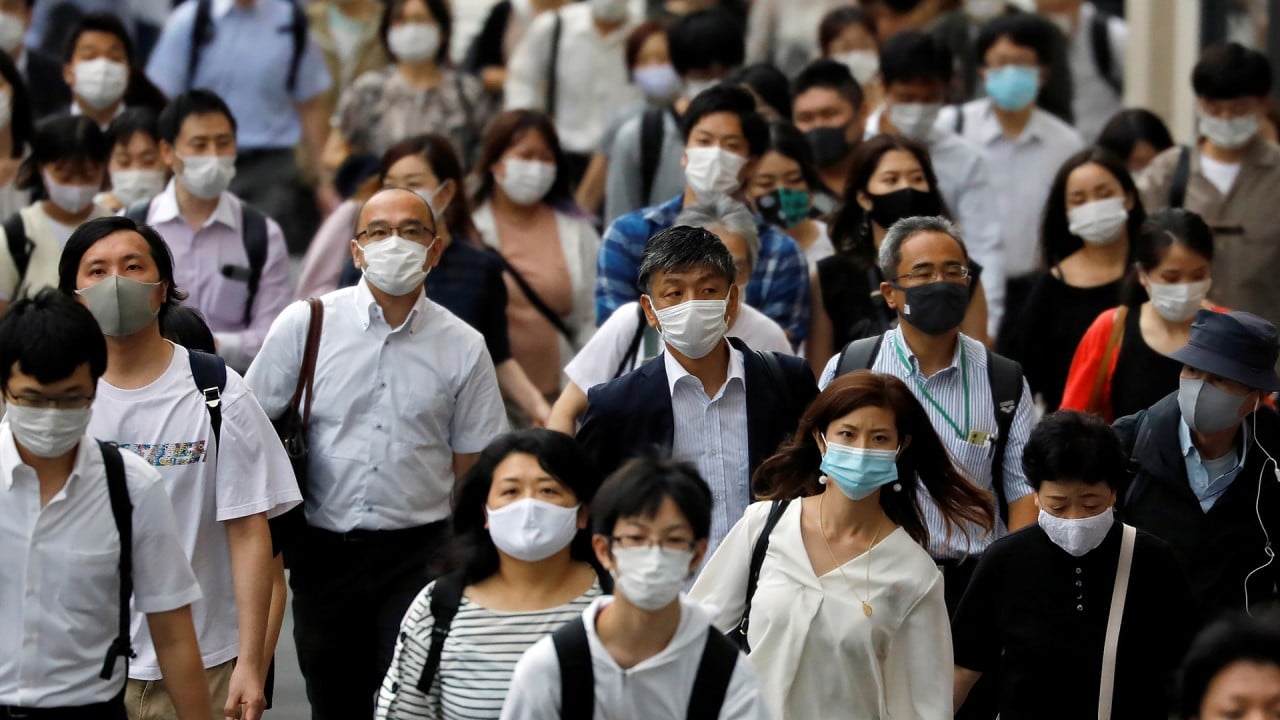
Coronavirus recovery: US economy’s plunge and waning sentiment put investors on edge
- Investor sentiment before this week was already deflating against the backdrop of a continued pandemic and a pricey stock market, but mixed news this week and continued grim virus milestones make the market rally look increasingly fragile
The past few days have been packed with market-moving news. The latest US GDP data lent some clues about the health of the economy, the Federal Reserve held a closely watched meeting and there was fierce debate in Washington over a widely anticipated US virus stimulus package. In addition, the week was by far the most intensive period of earnings updates from listed companies.
The pandemic might also slow the reopening of businesses across the travel, entertainment, restaurant and retail sectors. With cases climbing in recent weeks, the recovery in hotel occupancy, airline travel and a wide swathe of credit card spending appears to have stalled.
On the policy front, the economic slowdown is adding urgency to stimulus talks in Washington. Having enacted nearly US$3 trillion in pandemic-related stimulus in the spring, Congress is deeply divided between the need to support the economy and objections to additional deficit spending.

07:54
Six months after WHO declared Covid-19 a public health emergency, what more do we know now?
Although the outcome was uncertain at the time of writing, neither side can afford to be accused of abandoning negotiations in a time of such obvious economic stress, let alone during an election year.
Our economic forecast suggests another – and hopefully final – coronavirus relief bill could be needed at the end of the year to tide the economy over until the widespread distribution of a vaccine enables a stronger economic recovery in 2021. We believe this could boost the federal debt from 79 per cent of GDP at the end of the last financial year to roughly 118 per cent of GDP by the end of the next fiscal year, in September 2021.

01:50
US surpasses 3 million coronavirus cases, as White House pushes to reopen schools
Even this might be exceeded in the months ahead, if Treasury borrowing is seen as potentially putting upward pressure on long-term interest rates.
Market watchers had expected that the Fed might make a more tangible promise to maintain low rates for longer – by pegging them to the inflation rate, for example – but the committee delayed this update until September.
How bailout debt is painting governments and central banks into a corner
The Fed predicts the US economy will struggle against disinflationary pressures for some time as the failure to control the virus drags down consumption and activities. Ultra-low interest rates and liquidity support were enough to please equity investors in the short term, but the picture ahead is less certain.
Investor sentiment before this week was already deflating against the backdrop of the continued pandemic and a pricey stock market. Mixed news this week and continued grim virus milestones make the market rally look increasingly fragile.
Chaoping Zhu is a Shanghai-based global market strategist at JP Morgan Asset Management

